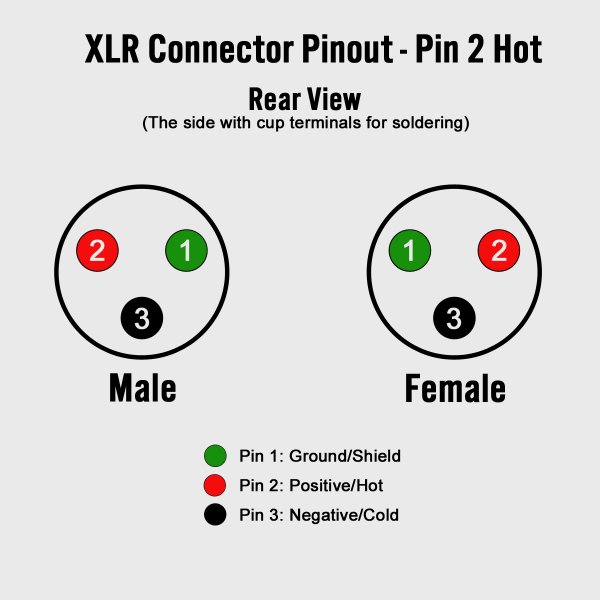Can we have a definitive guide from the experts here on what the deal is with the various ways to wire XLR interconnects?
Opinions diverge as widely as possible. I have well respected audio designers telling me that floating ground, 2 cable XLR (ie nothing connected to Pin 1) is best to minimize noise, while others say the opposite.
To ensure we are using the same Pin nomenclature:

Opinions diverge as widely as possible. I have well respected audio designers telling me that floating ground, 2 cable XLR (ie nothing connected to Pin 1) is best to minimize noise, while others say the opposite.
To ensure we are using the same Pin nomenclature:


